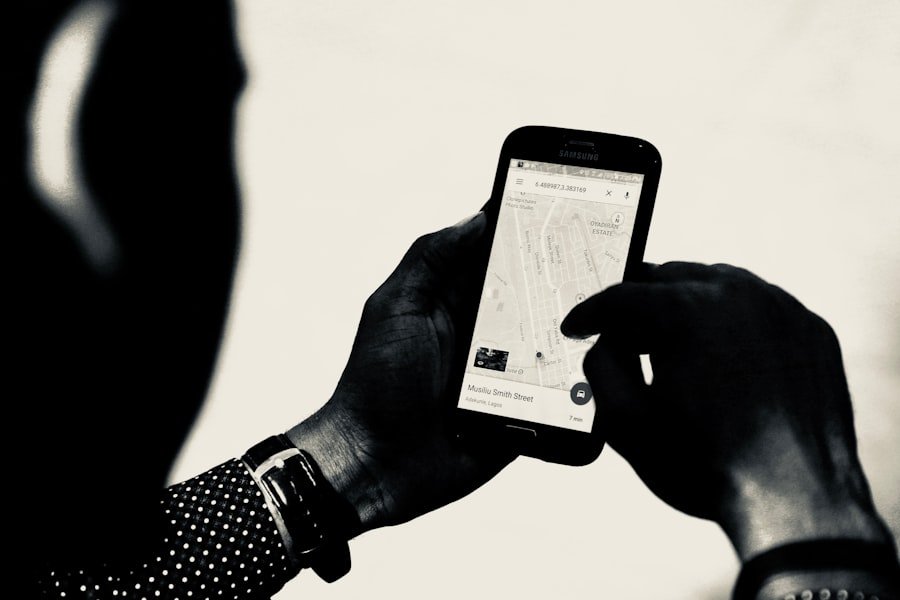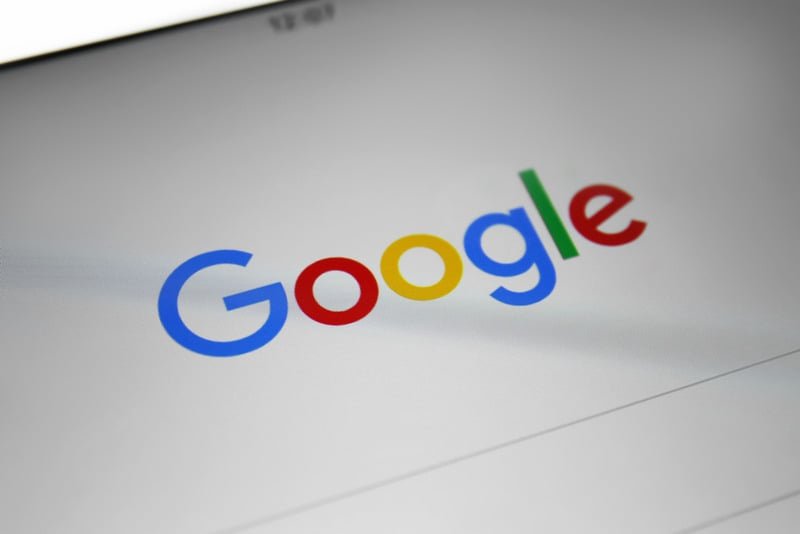In the ever-evolving landscape of business, understanding our specific needs is paramount to achieving success. We must first take a step back and assess what we truly require from a freelance professional. This involves a thorough evaluation of our current projects, identifying gaps in our capabilities, and determining the skills that are essential for our growth.
By doing so, we can create a clear picture of the type of freelancer we need, whether it be a graphic designer, a content writer, or a digital marketing expert. This clarity not only helps us in our search but also ensures that we are aligned with our business goals. Moreover, understanding our business needs extends beyond just identifying the skills required.
We should also consider the scope of work, deadlines, and the level of collaboration we expect from the freelancer. Are we looking for someone to work independently, or do we need a team player who can integrate seamlessly with our existing staff? By answering these questions, we can better articulate our expectations and find a freelancer who is not only skilled but also a good fit for our company culture.
Key Takeaways
- Understand your business needs before hiring a freelancer to ensure you find the right fit for the job.
- Research freelance sites to find the platform that best suits your needs and has a pool of qualified freelancers.
- Create a detailed job description outlining the project scope, deliverables, and required skills to attract the right candidates.
- Review portfolios and profiles of potential freelancers to assess their experience, expertise, and previous work.
- Conduct interviews to gauge the freelancer’s communication skills, work ethic, and ability to meet deadlines.
- Set clear expectations regarding project timelines, communication methods, and deliverables to avoid misunderstandings.
- Negotiate terms and pricing that are fair to both parties and establish a contract outlining the agreed-upon terms.
- Establish a long-term relationship with the freelancer by providing feedback, offering future opportunities, and building trust and rapport.
Researching Freelance Sites
Once we have a firm grasp of our business needs, the next step is to explore the myriad of freelance platforms available to us. The digital age has ushered in a plethora of options, each catering to different industries and skill sets. We should start by identifying which platforms align best with our requirements.
For instance, if we are seeking creative talent, sites like Behance or Dribbble may be more suitable, while platforms like Upwork or Freelancer offer a broader range of services across various fields. As we delve into our research, it’s essential to consider the reputation and user experience of these platforms. We can look for reviews and testimonials from other businesses that have utilized these sites to gauge their effectiveness.
Additionally, we should pay attention to the features offered by each platform, such as payment protection, dispute resolution, and communication tools. By carefully evaluating these aspects, we can select a freelance site that not only meets our needs but also provides a seamless experience for both us and the freelancers we intend to hire.
Creating a Detailed Job Description

With our chosen freelance platform in mind, we now turn our attention to crafting a detailed job description. This document serves as our first point of contact with potential freelancers and plays a crucial role in attracting the right candidates. We should begin by clearly outlining the project’s objectives and deliverables.
By specifying what we hope to achieve, we can ensure that freelancers understand the purpose of their work and how it fits into our overall strategy. In addition to outlining the project goals, we must also include specific qualifications and skills that we are looking for in a freelancer. This could range from technical expertise to soft skills such as communication and teamwork.
Furthermore, including information about our company culture and values can help attract freelancers who resonate with our mission. A well-crafted job description not only sets clear expectations but also serves as a marketing tool to entice top talent to apply.
Reviewing Portfolios and Profiles
Once we begin receiving applications from freelancers, it’s time to dive into reviewing their portfolios and profiles. This step is critical in determining whether a candidate possesses the skills and experience necessary for our project. We should look for evidence of past work that aligns with our needs, paying close attention to the quality and creativity of their output.
A strong portfolio can provide us with insights into a freelancer’s style and capabilities, helping us make informed decisions. As we evaluate profiles, it’s also important to consider the freelancer’s experience level and client feedback. Many platforms feature ratings and reviews from previous clients, which can offer valuable perspectives on a freelancer’s reliability and professionalism.
We should take note of any recurring themes in the feedback—whether positive or negative—as these can be indicative of what we might expect in our collaboration. By thoroughly reviewing portfolios and profiles, we can narrow down our options to those freelancers who are most likely to meet our expectations.
Conducting Interviews
After identifying potential candidates based on their portfolios and profiles, we should move on to conducting interviews. This step allows us to engage directly with freelancers and assess their fit for our project on a more personal level. During the interview process, we should prepare a set of questions that not only cover their technical skills but also delve into their work ethic and communication style.
Understanding how they approach problem-solving and collaboration can provide us with insights into how they will integrate with our team. Additionally, interviews offer an opportunity for us to clarify any uncertainties regarding the project scope or expectations. We should encourage candidates to ask questions as well; this dialogue can reveal their level of interest and investment in the project.
By fostering an open conversation, we can gauge whether the freelancer is genuinely enthusiastic about working with us or simply seeking another job opportunity. Ultimately, conducting thorough interviews helps us make informed decisions about who will best contribute to our business objectives.
Setting Clear Expectations

Once we have selected a freelancer to work with, it is crucial that we set clear expectations from the outset. This involves outlining specific deliverables, deadlines, and communication protocols. By establishing these parameters early on, we can minimize misunderstandings and ensure that both parties are on the same page throughout the project.
We should also discuss how often we expect updates or check-ins, as regular communication can help keep the project on track. In addition to project-related expectations, it’s important to address any logistical details such as payment terms and invoicing procedures. By being transparent about these aspects, we can foster trust and create a positive working relationship from the beginning.
Setting clear expectations not only helps streamline the workflow but also empowers freelancers to perform at their best, knowing exactly what is required of them.
Negotiating Terms and Pricing
As we move forward in our collaboration with a freelancer, negotiating terms and pricing becomes an essential aspect of the process. It’s important for us to approach this conversation with an open mind while also being clear about our budget constraints. We should be prepared to discuss not only the freelancer’s rates but also any additional costs that may arise during the project.
This could include expenses related to materials or software that may be necessary for completion. During negotiations, it’s beneficial for us to consider the value that the freelancer brings to the table rather than solely focusing on cost. A highly skilled professional may command higher rates but could ultimately save us time and resources in the long run through their expertise.
By finding a balance between budgetary constraints and quality of work, we can establish terms that are mutually beneficial and set the stage for a successful partnership.
Establishing a Long-Term Relationship
Finally, as we complete projects with freelancers, it’s worth considering how we can establish long-term relationships with them. Building rapport with talented freelancers can lead to consistent quality work and a deeper understanding of our business needs over time. We should make an effort to provide constructive feedback after each project, acknowledging their contributions while also offering suggestions for improvement where necessary.
Additionally, maintaining open lines of communication even after project completion can foster goodwill and encourage freelancers to prioritize our future projects. We might consider reaching out periodically with updates about our business or sharing opportunities for collaboration down the line. By investing in these relationships, we not only enhance our network but also create a pool of trusted professionals who are familiar with our brand and objectives—ultimately benefiting our business in the long run.
In conclusion, navigating the world of freelance hiring requires careful consideration at every step—from understanding our business needs to establishing long-term relationships with talented professionals. By following these guidelines, we can enhance our chances of finding the right freelancers who will contribute positively to our projects and help us achieve our goals effectively.
If you are looking to enhance your digital marketing strategy, you may want to consider harnessing the power of AI. According to a recent article on Brandsplash Marketing, artificial intelligence is revolutionizing the way businesses approach digital marketing. By utilizing AI technology, businesses can streamline their marketing efforts, personalize customer experiences, and improve overall efficiency. This innovative approach to digital marketing can help businesses stay ahead of the competition and reach their target audience more effectively.
FAQs
What is a freelance web designer?
A freelance web designer is a professional who offers web design services on a contract or project basis, typically working independently rather than as part of a larger agency or company.
What are freelance sites?
Freelance sites are online platforms where businesses and individuals can connect with freelance professionals, such as web designers, to hire them for specific projects or tasks.
What should I look for in a freelance web designer?
When hiring a freelance web designer, it’s important to consider their portfolio, experience, technical skills, communication abilities, and their understanding of your business needs and goals.
How can I find the right web designer for my business on freelance sites?
To find the right web designer for your business on freelance sites, you can start by posting a detailed project description, reviewing the portfolios and profiles of potential candidates, and conducting interviews or discussions to assess their suitability for your project.
What are some popular freelance sites for hiring web designers?
Popular freelance sites for hiring web designers include Upwork, Freelancer, Fiverr, Toptal, and Guru. These platforms allow businesses to post projects and connect with freelance web designers from around the world.
What are the benefits of hiring a freelance web designer for my business?
Hiring a freelance web designer can offer benefits such as cost-effectiveness, flexibility, access to a global talent pool, and the ability to work with a specialist who can focus on your project’s unique requirements.




